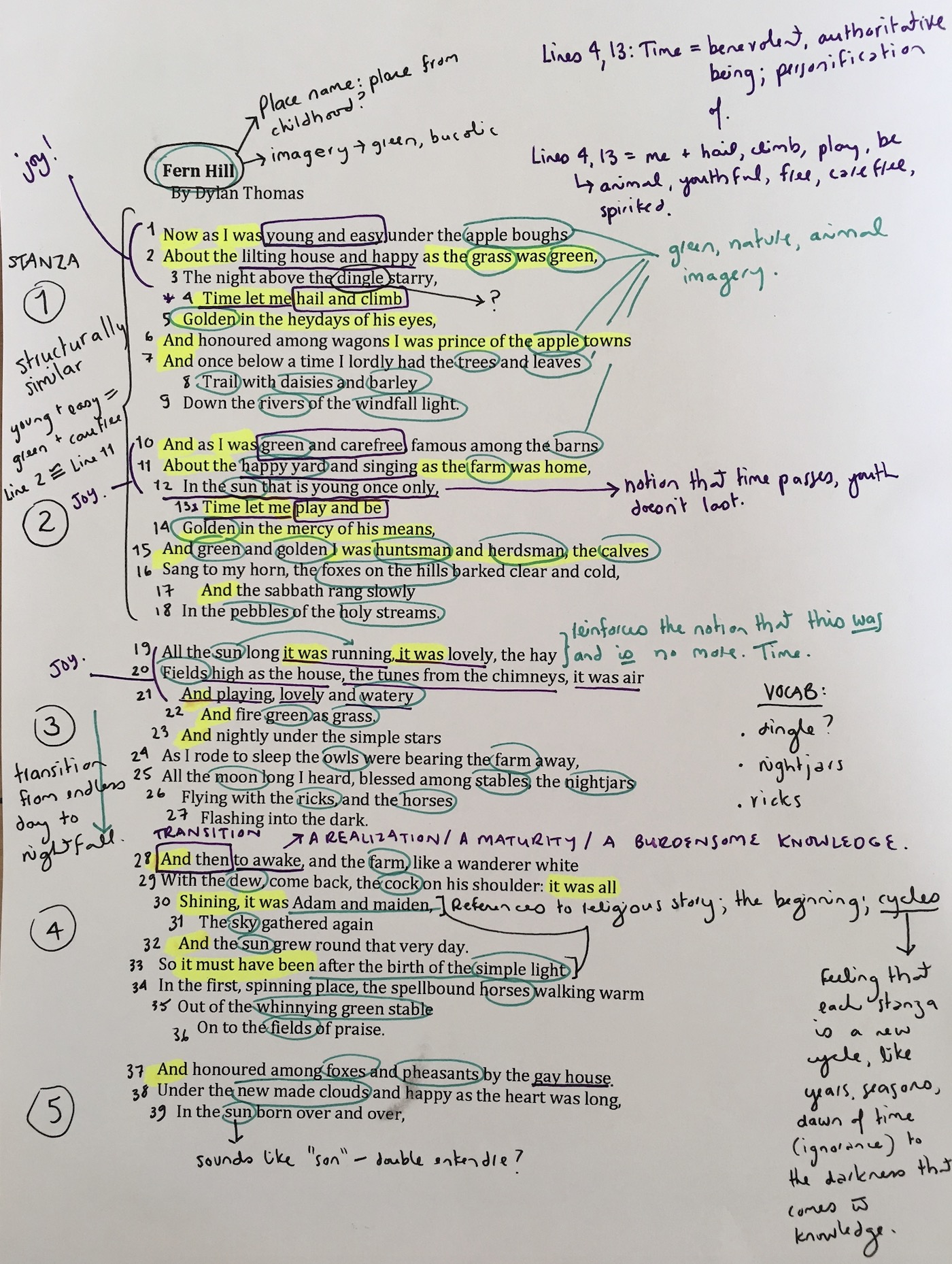Poem Analysis: “Cattle in the Rain” by Musaemura Zimunya
Summary
“Cattle in the Rain” by Musaemura Zimunya vividly portrays the hardships of a shepherd in rural Zimbabwe. The poem reflects the physical and emotional struggles experienced by a young boy who, in his adult years, looks back at his youthful experiences. This retrospective narrative highlights the boy’s perception of his endless, difficult duties under harsh weather conditions, equipped only with an old sack instead of a proper raincoat, and dealing with disobedient cattle.
Figurative Language and Poetic Devices
Metaphor:
- Bone of anger: Describes the intense frustration felt by the boy, metaphorically choking him, symbolizing how the anger is so tangible and suffocating that it’s as if a bone is stuck in his throat.
- Pebbles of water: Illustrates the painful impact of raindrops, likened to small, hard stones, emphasizing the physical discomfort endured by the boy.
- Ghost of silent disapproval: Portrays the psychological burden the boy feels from an ox’s judgmental gaze, which mentally shatters him, emphasizing his emotional fragility and the heavy psychological impact of isolation and disapproval.
Alliteration:
- Cry and curse: Uses hard consonant sounds to convey the boy’s desperation and frustration.
- Hooves hammering: Mimics the sound of cattle stampeding, amplifying the chaos and intensity of the moment.
Onomatopoeia:
- Hooves hammering: The repetition of the heavy, impactful sound illustrates the aggressive and rapid movement of the cattle, enhancing the sensory experience of the poem.
Speaker and Narrative Perspective
The speaker is likely the poet himself, Musaemura Zimunya. This inference is drawn from the first-person narrative style, where the poet uses personal pronouns such as ‘I’ and ‘we’. The line “The rain used to soak us” further suggests that the poet places himself within the story, sharing his personal experiences and emotional journey through the narrative of herding cattle in his youth.
Themes and Analysis
The central themes of the poem include the struggle against natural elements, the loneliness of rural life, and the psychological resilience required to endure challenging work. The young shepherd’s ordeal is a metaphor for broader human experiences of hardship and perseverance. The longing for change, seen in his wish to escape traditional male roles, also highlights societal expectations and gender roles in rural Zimbabwean culture.
The poem’s reflective tone, combined with the harshness of the physical and emotional landscape, paints a poignant picture of growth and resilience. It suggests that while difficult times may seem endless, they do contribute to personal development and understanding.
Setting in “Cattle in the Rain”
Setting Explanation
“Cattle in the Rain” is set in the pastoral landscapes surrounding the kraal (a traditional enclosure for cattle) of an unnamed village or town in rural Zimbabwe. This setting is critical as it not only frames the physical backdrop of the poem but also the cultural and societal expectations placed on the young shepherd.
Evidence of Setting
- Line 3: Mention of “in the pastures” indicates that the events occur in an open, rural area typical of grazing lands outside a village.
- Line 5: The reference to cattle not being driven “to the kraal” suggests a specific structure within the village dedicated to housing cattle, highlighting the agricultural lifestyle of the community.
Mood and Tone
Mood
The poem shifts mood dramatically from contemplative and reflective to tense and overwhelming. Initially, the mood is reflective as the adult speaker recalls his past experiences. However, as the narrative of his younger self unfolds, the mood becomes charged with the immediacy and harshness of his experiences in the rain with the cattle.
Tone
The tone varies throughout the poem, mirroring the shifts in the speaker’s emotional state:
- Frustrated: Exemplified in lines 6 and 7 (“It made me cry and curse sometimes/and I used to wish I was born for the skirt”), indicating the speaker’s intense dissatisfaction and desire to escape his duties.
- Frightened/Panicked: The tone becomes frantic as depicted in the chaos of the stampede, showing the shepherd’s loss of control and rising panic.
- Resigned: Lines 18 and 19 (“And the rain does not cease/and the cows just go on.”) express a sense of defeat and acceptance of his relentless, unchanging circumstances.
Themes
- Nature versus Humans:
The ongoing struggle between the shepherd and the elements depicts a classic confrontation with nature. The relentless rain and the disobedient cattle symbolize nature’s indomitable spirit and the futility of the boy’s attempts to impose order. - Isolation versus Community:
The boy’s isolation is palpable, as indicated by his solitary struggle against the elements and the cattle. Despite his need for assistance, he is painfully aware that the community is inaccessible, sheltered from the storm, leaving him to cope alone. This theme underscores the poem’s deeper reflections on individual responsibility and the sometimes isolating nature of duty.
“Cattle in the Rain” is a powerful narrative poem that transcends its rural Zimbabwean setting to speak universally about the human condition. It captures the essence of enduring adversity and emerging with a deeper understanding of life’s trials. Through its vivid imagery and emotional depth, the poem connects with anyone who has faced hardship, making it a compelling study of perseverance and personal growth.
Questions and Answers on “Cattle in the Rain” by Musaemura Zimunya
**Question 1: What is the *setting* of the poem “Cattle in the Rain”?**
Answer: The poem is set in the pastures outside the kraal of the boy’s village or town in rural Zimbabwe.
**Question 2: What *figurative language* is used to describe the poet’s frustration in the poem?**
Answer: The poet uses the metaphor “a bone of anger blocking my breath” to describe the intense frustration that feels as if it’s choking him.
**Question 3: What does the metaphor *“pebbles of water”* signify in the poem?**
Answer: It signifies that the raindrops are so hard and painful that they feel like small stones hitting the boy.
Question 4: How does the poet describe the look from the ox in the poem?
Answer: The poet describes it as a “ghost of silent disapproval shattering to your mind,” indicating a powerful, negative judgement that deeply affects the boy.
Question 5: Which poetic device is demonstrated by the phrase “hooves hammering”?
Answer: This phrase is an example of onomatopoeia, where the sound of the word mimics the sound of cattle running, and alliteration, with the repetition of the ‘h’ sound enhancing the auditory impact.
**Question 6: Who is the *speaker* of the poem, and how can we infer this?**
Answer: The speaker is likely Musaemura Zimunya himself, inferred from the use of first-person narration and phrases like “The rain used to soak us.”
**Question 7: What *mood* shifts occur throughout the poem?**
Answer: The poem starts with a contemplative and reflective mood as the speaker reminisces, but shifts to a miserable and frustrated mood as he recalls the hardships of herding cattle in the rain.
Question 8: What does the speaker wish for in his frustration, according to the poem?
Answer: The speaker wishes he “was born for the skirt,” reflecting his desire to escape the herding duties typically assigned to boys, wishing instead for roles traditionally given to girls.
Question 9: What themes are explored in “Cattle in the Rain”?
Answer: The poem explores the themes of Nature versus Humans and Isolation versus Community, illustrating the challenges and solitude faced by the boy in his duties.
Question 10: How does the tone of “Cattle in the Rain” contribute to its themes?
Answer: The tone varies from frustrated and frightened/panicked to resigned, enhancing the themes by conveying the emotional and psychological struggles the boy faces against the harsh realities of nature and his isolated condition.
Question 11: What specific challenge does the shepherd face with the cattle during the rain?
Answer: The shepherd faces a stampede, triggered when a wasp frightens the cattle, causing them to scatter in different directions, which greatly complicates his task of herding them.
Question 12: How does the poem “Cattle in the Rain” reflect the speaker’s growth from childhood to adulthood?
Answer: The poem reflects the speaker’s growth by showing his retrospective understanding of past hardships, indicating maturity and the ability to analyze and learn from his experiences.
Question 13: What does the phrase “cry and curse” reveal about the boy’s emotional state?
Answer: The phrase indicates that the boy feels desperate and overwhelmed by his circumstances, resorting to crying and swearing as a way to express his frustration and helplessness.
Question 14: What impact does the setting have on the narrative of the poem?
Answer: The rural, exposed setting amplifies the challenges faced by the boy, highlighting the harshness of the physical environment and its impact on his duties and emotional well-being.
Question 15: How does the poem convey the concept of resilience?
Answer: Through the boy’s continual effort to manage the cattle despite adverse conditions, the poem conveys resilience as he learns to endure and navigate through his struggles, symbolizing his growth and persistence.
Question 16: What is the significance of the boy wishing he was born a girl in the context of the poem?
Answer: This wish reflects the boy’s desire to escape the harsh, physically demanding tasks assigned based on gender roles, highlighting the social constructs and his struggle against them.
Question 17: How does the poet use sound devices to enhance the imagery of the poem?
Answer: The poet uses alliteration (“hooves hammering”) and onomatopoeia to create vivid auditory imagery that enhances the reader’s sense of the chaotic and dynamic actions taking place.
Question 18: In what ways does the poem address the theme of isolation?
Answer: The theme of isolation is addressed through the boy’s solitary struggle in the rain, with no help available as everyone else is sheltered, emphasizing his emotional and physical isolation.
Question 19: What role does nature play in the poem?
Answer: Nature acts as both a backdrop and an antagonist in the poem, presenting obstacles that the boy must overcome, thus underscoring the theme of Nature versus Humans.
Question 20: How does the conclusion of the poem contribute to its overall message?
Answer: The conclusion, where the boy manages to control the bull but recognizes the enduring nature of his challenges, contributes a sense of resigned acceptance, highlighting the cyclic and ongoing nature of his struggles and the enduring human spirit.
Looking for something specific?
[ivory-search id="163692" title="Default Search Form"]






Leave a Comment